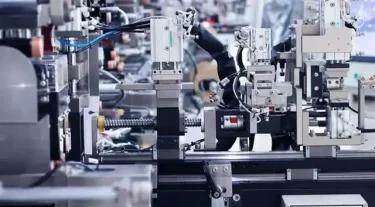
# Tape Production: Processes and Innovations in Manufacturing
## Introduction to Tape Manufacturing
Tape manufacturing is a complex process that involves multiple stages to produce adhesive products for various industries. From packaging to electronics, tapes serve essential functions in our daily lives. Understanding the production process and recent innovations helps appreciate the technology behind this seemingly simple product.
## The Basic Tape Manufacturing Process
### 1. Backing Material Preparation
The first step in tape production involves preparing the backing material. Common materials include:
– Polypropylene
– Polyester
– Paper
– Cloth
– Foam
The material is unwound from large rolls and cleaned to ensure proper adhesion of the adhesive layer.
### 2. Adhesive Application
Manufacturers apply adhesive using one of several methods:
– Hot melt coating
– Solvent-based coating
– Water-based coating
– UV-cured systems
The choice depends on the desired tape properties and environmental considerations.
### 3. Drying and Curing
After adhesive application, the tape passes through drying ovens or curing chambers. This step:
– Removes solvents (if used)
– Ensures proper cross-linking of adhesive molecules
– Achieves optimal tack and peel strength
### 4. Lamination and Slitting
Some tapes require additional layers for:
– Release liners
– Protective coatings
– Reinforcement materials
Finally, the wide web is slit into narrower rolls of various widths according to customer specifications.
## Innovations in Tape Manufacturing
### Sustainable Materials
Recent advancements focus on eco-friendly alternatives:
– Bio-based adhesives from renewable resources
– Recyclable backing materials
– Water-based adhesives replacing solvent-based systems
### Smart Tapes
Emerging technologies include:
– Conductive tapes for electronics
– Temperature-sensitive adhesives
– Self-healing adhesive systems
### Automation and Quality Control
Modern tape production facilities incorporate:
– AI-driven defect detection
– Automated roll handling systems
– Real-time thickness monitoring
## Future Trends in Tape Production
The tape manufacturing industry continues to evolve with:
– Nanotechnology-enhanced adhesives
– 3D printing of custom tape shapes
– Biodegradable solutions for single-use applications
As demand grows across industries, manufacturers must balance performance requirements with environmental responsibility, driving continuous innovation in tape production processes.
Keyword: tape manufacturing